Do you have a question about the ProMariner ProTech1220i and is the answer not in the manual?
Lists available ProTech Series charger models with their part numbers, amperage, number of banks, and voltage.
Provides initial safety notices, warranty information, and customer service contact details for ProMariner products.
Crucial safety and installation guidelines, including wiring inspections and ABYC/UL standards compliance.
Details the two-year limited warranty, limited lifetime repair/replacement policy, and registration.
Contact information for warranty claims, service, and technical assistance from ProMariner.
Highlights advanced features such as automatic wide-range AC input and user-programmable settings.
Details basic functionalities like advanced electronics, LED status indicators, and multi-stage charging.
Covers high voltage, low voltage, shock hazards, and precautions for using the charger.
Recommends monthly checks for water damage, wiring integrity, and battery connections.
Answers common user inquiries regarding battery types, LED indicators, water exposure, and charger heat.
A step-by-step guide to diagnose and resolve potential issues with the battery charger's operation.
Warnings regarding explosive gases, personal precautions, and battery acid contact.
Guidance on charging specific battery types like Flooded, AGM, and GEL, and selecting correct profiles.
Safety guidelines for preparing batteries, handling the charger, and preventing arcs or shocks.
Rules for mounting the charger in a dry, ventilated location with adequate clearance.
Specific instructions for electrical grounding and installing the protective drip shield.
Steps for connecting the charger to AC power after all DC connections are made.
Instructions for connecting the charger to 120V or 230V AC power sources, including terminal block usage.
How to apply AC power and observe the charger's initial LED indicators for status.
Explanation of the battery type and absorption timer switches for customizing charging.
Guide to selecting the correct battery type (Flooded, AGM, GEL) using the user-programmable switch.
Guide to setting the absorption time (1-4 hours) for the charging cycle.
Visual representations of DC connections for typical 1, 2, and 3 bank battery systems.
Further details on DC installation, safety, preventing short circuits, and ABYC standards.
Explanation of Flooded, AGM, and GEL battery types and their characteristics.
Guidance on selecting appropriate charging profiles and absorption times for optimal battery health.
Visual chart showing absorption and float voltages for Flooded, AGM, and GEL battery types.
Specifications for mounting, clearance, drilling pilot holes, and using stainless steel hardware.
Instructions on how to access the low voltage DC terminals by removing the endcap.
Illustrates common DC wiring setups for 1, 2, and 3 bank battery systems with grounding.
Table providing recommended wire gauges based on amperage, length, and temperature.
Reminder on setting the battery type and absorption timer switches for proper operation.
Detailed steps for AC connections, terminal block usage, and required circuit breaker sizes.
Step-by-step guide to the charger's operation after applying AC power, including LED indications.
Explains the role of the programmable switches in customizing battery type and absorption time.
Reinforces safety and compliance for DC installation, including fuse placement and wire connections.
Guidance on how to identify battery types (Flooded, AGM, GEL) for correct charging.
Advice on selecting the correct charging profile and absorption time for different battery chemistries.
Procedures for diagnosing and resolving potential issues, including checking voltages and fuses.
Instructions for routine checks, such as monitoring battery water levels and connections.
Detailed warnings regarding battery hazards, personal protection, and charging environments.
Further details on periodic maintenance, including cleaning battery terminals and checking connections.
Answers to frequently encountered user queries about charger operation, battery types, and water exposure.
| Input Voltage | 120 VAC |
|---|---|
| Output Voltage | 12 VDC |
| Output Current | 20 A |
| Number of Banks | 2 |
| Cooling | Fan Cooled |
| Warranty | 2 years |
| Input Frequency | 50/60 Hz |
| Battery Type | AGM, Gel |
| Protection Features | Reverse Polarity, Short Circuit |
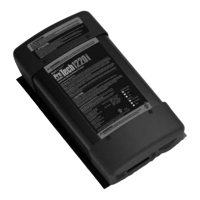
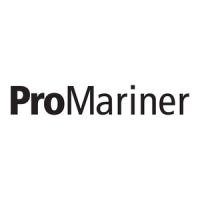




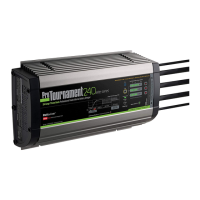

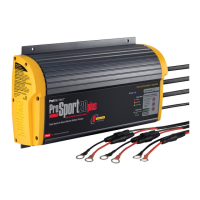

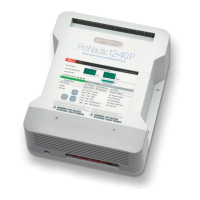

